Rainier cherries are one of the most prized sweet cherry varieties in the world. Known for their stunning golden-yellow skin with a bright red blush, juicy texture, and unmatched sweetness, Rainier cherries are a favorite among home gardeners and commercial growers alike. Growing these cherries successfully requires careful attention to site selection, soil preparation, tree care, and pest management.
Inspired by the video “Growing Rainier Cherries,” this comprehensive guide will cover everything you need to know to plant, grow, and harvest Rainier cherries — from selecting the right location to maximizing yields while maintaining healthy trees.
Introduction to Rainier Cherries
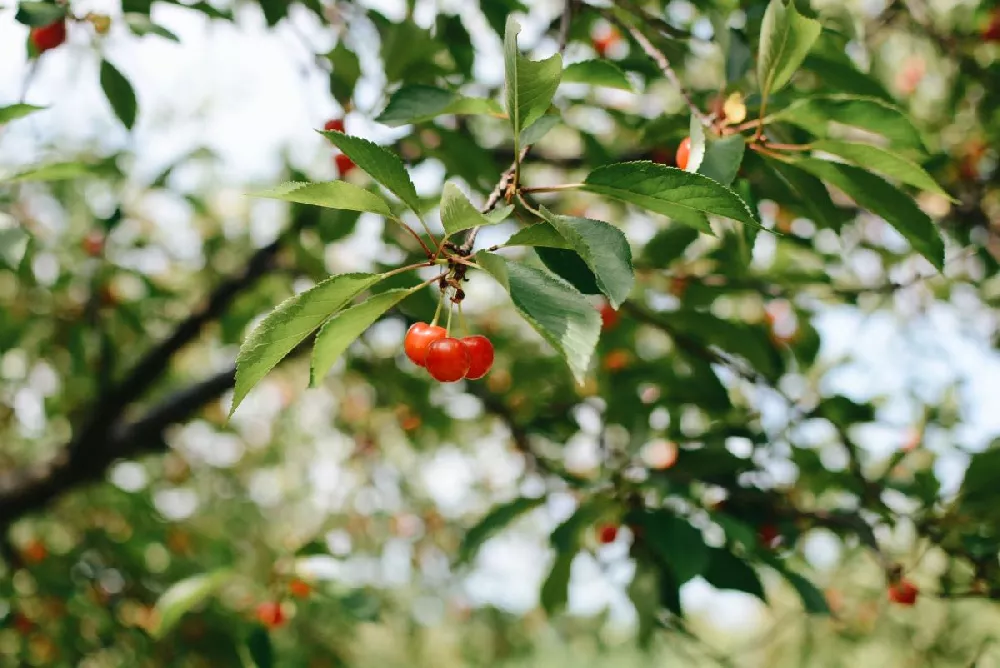
Rainier cherries were developed in Washington state in the 1950s by crossing Bing and Van cherry varieties. They are considered a premium fruit due to their sweet flavor and beautiful appearance, making them highly sought after in the fresh fruit market.
Key Features of Rainier Cherries:
- Fruit Color: Golden-yellow with a bright red blush.
- Flavor: Exceptionally sweet, low acidity, and juicy.
- Tree Growth: Medium-sized, upright canopy.
- Flower Type: Self-fertile but benefits from cross-pollination with compatible cherry varieties.
- Climate Preference: Temperate climates with cold winters and mild summers.
Step 1: Selecting the Right Site
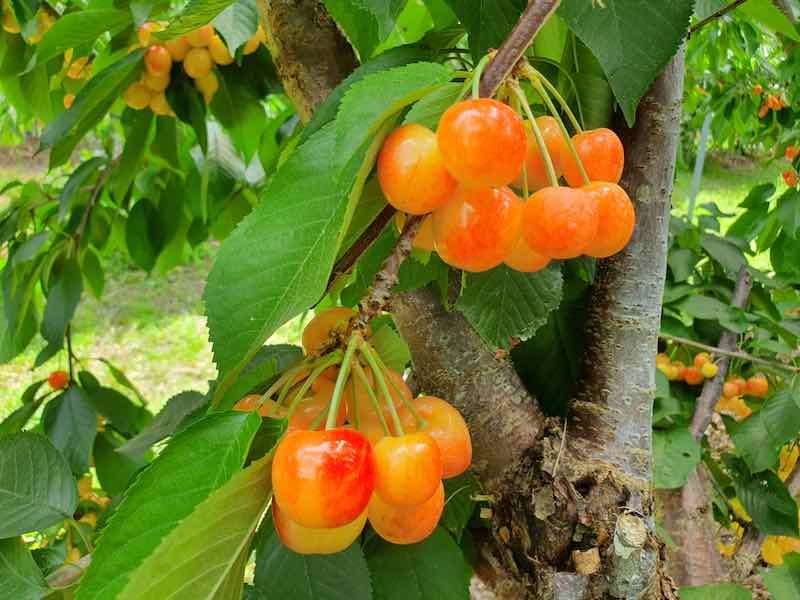
Successful growth starts with the proper location:
Sunlight
Rainier cherry trees need full sun, ideally 6–8 hours per day. Full sunlight promotes strong growth, better fruit color, and higher sugar content.
Soil Requirements
- Well-draining soil is crucial, as cherries are prone to root rot in waterlogged conditions.
- Soil type: Sandy loam or loamy soils enriched with organic matter.
- Soil pH: Slightly acidic to neutral (6.0–7.0) for optimal nutrient absorption.
Spacing
- Standard trees: 18–22 feet apart.
- Dwarf or semi-dwarf trees: 12–15 feet apart.
- Proper spacing ensures good airflow, reducing disease risk and encouraging healthy fruit development.
Step 2: Planting Rainier Cherry Trees
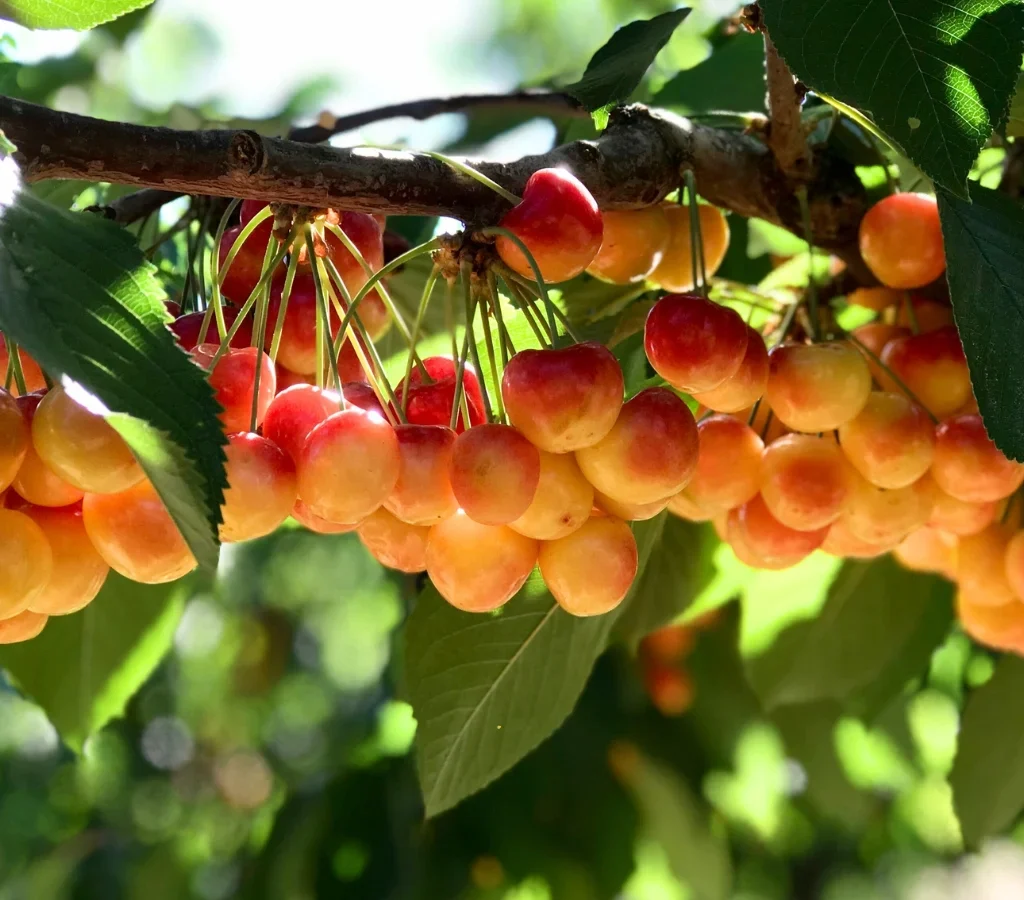
Preparing the Planting Hole
- Dig a Hole: About twice the width and the same depth as the root ball.
- Loosen the Soil: Break up compacted soil around the hole to allow roots to spread easily.
- Amend the Soil: Mix in compost or well-rotted manure to provide essential nutrients. Avoid excessive fertilizer at planting time to prevent root burn.
Planting the Tree
- Position the tree in the center of the hole.
- Spread the roots evenly without bending or breaking them.
- Ensure the root flare (where the roots meet the trunk) sits slightly above soil level. Planting too deep can cause rot; too shallow can dry out the roots.
- Backfill the hole with amended soil, pressing lightly to eliminate air pockets.
Watering
- Water deeply immediately after planting.
- Keep soil consistently moist during the first few months to encourage strong root development.
Step 3: Pruning and Training
Proper pruning is essential to encourage strong growth, improve sunlight penetration, and maximize fruit production:
Initial Pruning
- Remove broken or damaged branches at planting.
- Pinch the central leader to encourage lateral branch development.
Annual Pruning
- Conduct light pruning every winter to remove dead, weak, or crossing branches.
- Maintain an open canopy to ensure sunlight reaches all fruiting zones.
- Avoid heavy pruning during the first few years to prevent excessive stress on young trees.
Training Young Trees
- Use stakes to support young trees against wind and heavy fruit loads.
- Train branches at a 45–60° angle from the central leader for optimal fruiting structure.
Step 4: Fertilization and Soil Nutrition

Rainier cherries require a balanced nutrient supply for healthy growth:
Fertilizer Recommendations
- First year: Use a balanced, slow-release fertilizer with nitrogen, phosphorus, and potassium.
- Established trees: Apply nitrogen in early spring before bud break and again after fruit set.
- Micronutrients like zinc, magnesium, and boron are essential for flower and fruit development.
Soil Care
- Maintain organic matter by adding compost or mulching around the base of the tree.
- Avoid fertilizer contact with the trunk to prevent burn.
Step 5: Watering Techniques
Consistent watering is crucial for Rainier cherry trees, particularly during dry spells:
- Deep watering 1–2 times per week encourages strong root growth.
- Use drip irrigation or soaker hoses to avoid wetting foliage, which can promote fungal diseases.
- Mulch around the base helps retain moisture and moderates soil temperature.
Step 6: Pollination
Rainier cherries are technically self-fertile, but cross-pollination with compatible varieties improves fruit set and yield:
- Compatible pollinators: Bing, Van, or Lapins cherries.
- Plant pollinators within 50 feet for optimal pollen transfer.
- Bees are essential for pollination; encourage their presence by planting flowering companions nearby.
Step 7: Pest and Disease Management
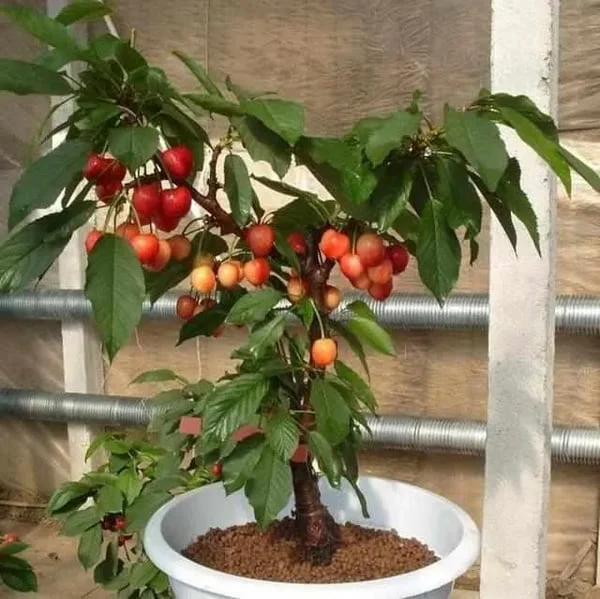
Rainier cherries are susceptible to several pests and diseases, so proactive management is key:
Common Pests
- Aphids: Can cause leaf curling and weaken the tree.
- Cherry fruit flies: Lay eggs in developing fruit, causing maggot infestation.
- Birds: Particularly attracted to ripe cherries. Use netting to protect fruit.
Common Diseases
- Brown rot: Causes fruit and blossom decay. Prevent with proper pruning and fungicide sprays.
- Powdery mildew: Appears on leaves and flowers; controlled with sulfur or potassium bicarbonate sprays.
- Bacterial canker: Can kill young branches; prune infected wood and sterilize tools.
Regular inspection, proper pruning, and preventive sprays keep your Rainier cherries healthy.
Step 8: Harvesting Rainier Cherries
Rainier cherries are typically ready to harvest late June to early July, depending on climate and location.
Harvest Tips
- Fruit should be fully colored with a golden yellow base and red blush.
- Taste-testing is the best way to determine ripeness, as color alone can be misleading.
- Pick cherries gently to avoid bruising, using scissors or careful hand-picking.
Post-Harvest Handling
- Store harvested cherries in the refrigerator at 32–34°F for up to two weeks.
- Avoid washing until ready to eat to extend shelf life.
Step 9: Maximizing Yield
Healthy Rainier cherry trees can produce abundant fruit with proper care:
- Maintain consistent watering and fertilization.
- Prune to encourage light penetration and airflow.
- Protect from pests and birds during fruiting.
- Consider thinning fruit when clusters are excessive to improve size and quality.
By managing tree health and fruit load, you can enjoy sweet, large Rainier cherries year after year.
Step 10: Special Tips for Backyard Gardeners
- Container Planting: Dwarf Rainier varieties can be grown in large pots with well-draining soil.
- Mulching: Keep a 3–4 inch layer of organic mulch around the base to retain moisture and regulate soil temperature.
- Winter Protection: Young trees benefit from frost protection in colder regions using frost cloth or wind barriers.
- Companion Plants: Grow flowering plants nearby to attract pollinators like bees.
Final Thoughts
Growing Rainier cherries requires attention to site selection, soil preparation, watering, pruning, and pest management. With proper care, these stunning golden-red cherries can thrive in backyard gardens or small orchards, providing sweet, juicy fruit season after season.
Key takeaways:
- Choose a sunny, well-draining site with proper spacing.
- Plant carefully, ensuring the root flare is at soil level.
- Apply balanced fertilization and consistent irrigation.
- Prune annually to maintain structure and airflow.
- Monitor for pests and diseases proactively.
- Harvest carefully for the best flavor and quality.
With patience and dedication, growing Rainier cherries can be a highly rewarding experience, bringing home a bountiful harvest of one of the sweetest, most visually striking cherries available.
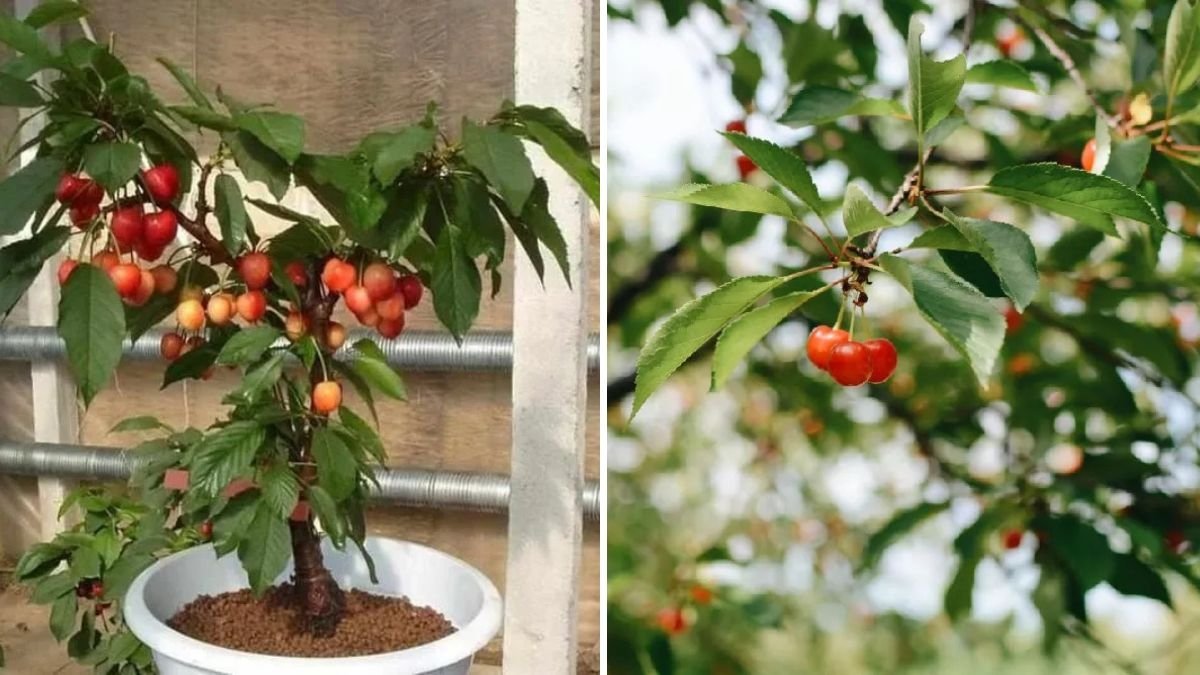
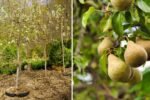
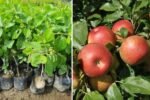

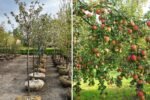

Leave A Comment